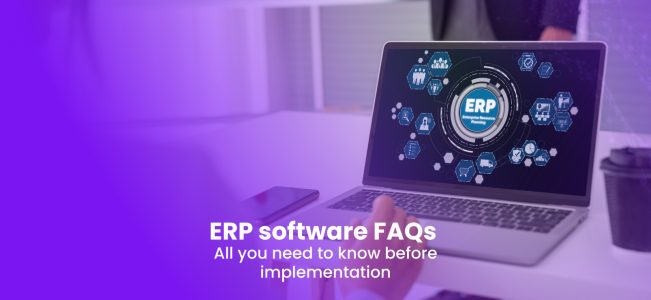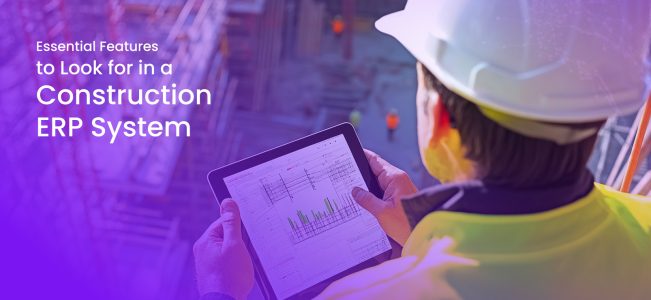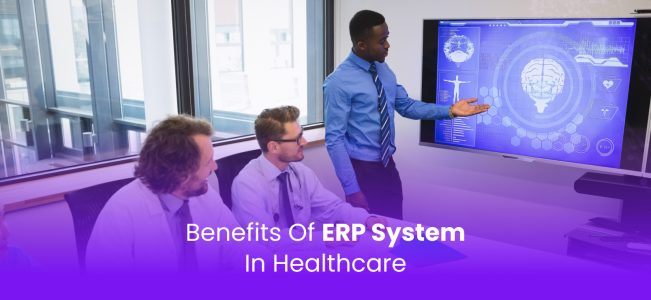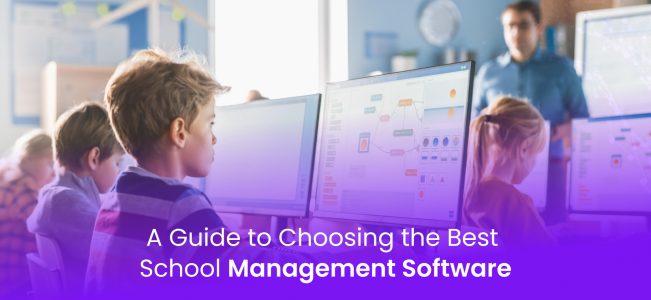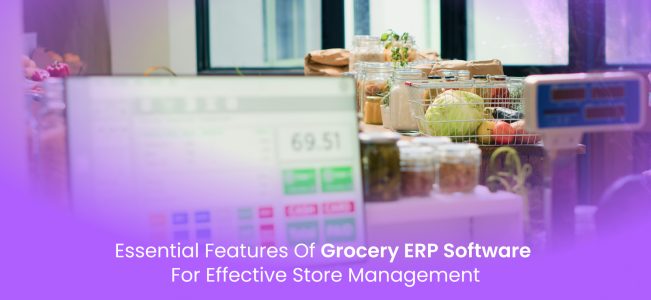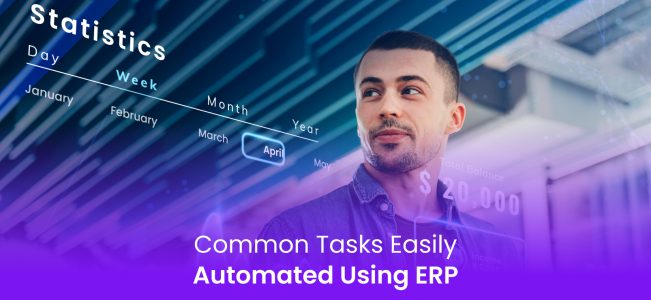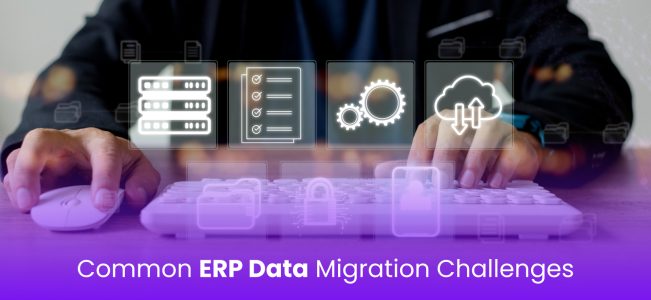What is HRIS (Human Resources Information System)?
HRIS systems, first introduced in the 1980s, were designed to streamline the admin-heavy HR department, which handles vast amounts of paperwork and sensitive employee data. Over time, technology has evolved, and modern HRIS solutions now automate workflows, adjust reporting structures, and integrate real-time feedback based on changes in business rules or compliance.
Today’s cloud-based HRIS systems offer a range of benefits, including increased data storage, stronger security, and seamless integration with other HR applications like payroll and applicant tracking. With user-friendly interfaces and flexible functionality, these systems are both agile and effective.
What is a Human Resources Information System (HRIS)?
HRIS stands for Human Resources Information System, a software solution that assists companies in managing and automating key HR processes and supporting benefits administration, time and attendance, payroll, and other workflows, along with the storage of employee data, like demographic, personal, and compensation information.
Benefits of a Cloud-based HRIS System
- Faster, More Accurate HR Admin: Automates tasks, reducing errors and delays from manual or paper-based systems, allowing HR teams to focus on more strategic work.
- Improved Employee Experience: Employees can directly access personal data like benefits, pay, and time-off, reducing the need to go through HR and saving time.
- Increased Efficiency: Self-service tools minimize reliance on email and paper forms, automating tasks like scheduling, time-off requests, and workflows in real time.
- Supports Compliance: Helps businesses stay compliant with global labor laws, especially important with the rise of remote work and changing regulations.
- Advanced Security: Protects sensitive employee data with built-in security protocols, reducing risks of data breaches compared to older, unsecured storage methods.
What do HR information systems do?
Cloud-based HRIS solutions simplify various HR processes by automating workflows across the business, including:
- Benefits Administration: Automates benefits management, enabling employees to access, edit, and learn about their benefits through self-service features.
- Time and Attendance: Ensures precise tracking of employee absences and work schedules. Automates time and pay calculations as per employee profiles and work patterns, enhancing efficiency and compliance.
- Localization: Adapts to country-specific laws and business practices with automatic updates to legal and regulatory needs, supporting operations worldwide.
- Employee Self-Services: Enhances productivity by offering employees personalized profiles to manage benefits, request time off, and access core HR data.
- Organizational Structures: Provides real-time analytics to track the whole workforce, determine critical roles, and visualize the organization’s structure for rapid adjustments.
HRIS vs. HRMS vs. HCM
This table will help you envision the differences and scope of each system, making it effortless to decide which one fits your organization’s requirements.
| Term | Description | Key Features | Scope | Use Case |
|---|---|---|---|---|
| HCM (Human Capital Management) | An umbrella term for all practices, policies, and tools related to workforce management from hire to retire. | Comprehensive management of the entire employee lifecycle, including recruitment, development, performance, and retention. | Broadest term; includes HRIS and HRMS. | Used for strategic workforce management, talent development, and long-term planning. |
| HRMS (Human Resource Management System) | Involves HRIS software but also adds functionality for talent management and performance tracking. | Combines HRIS core functions with performance management, learning & development, and talent tools. | More comprehensive than HRIS, but less broad than HCM. | Best for organizations needing both operational and strategic HR capabilities. |
| HRIS (Human Resource Information System) | A system focused on automating and managing key HR processes like payroll and attendance. | Core HR functions such as payroll, timekeeping, benefits administration, and employee data management. | Narrower scope, mainly operational. | Ideal for organizations looking to automate essential HR tasks and manage employee data. |
Cloud HRIS integration simplifies key HR processes, including recruitment, training, and planning, by centralizing data and eradicating silos. Unlike legacy systems that need manual effort to search across disconnected tools, modern cloud HRIS systems smoothly integrate with core ERP systems. This integration combines business functions, ensuring trustworthy, real-time data across the organization. With AI-powered ERPs, you get improved speed, accuracy, and analytics, uniting the strengths of both HRIS and ERP for ideal performance.
Real-World Applications of HRIS
HRIS solutions, once mainly used by big organizations, are now available for smaller and developing businesses due to the rise of cloud-based systems.For instance, Growmark, serving farming businesses in the U.S. and Canada, implemented SAP SuccessFactors to simplify HR processes across the whole employee lifecycle, improving efficiency and talent management.Similarly, Kmart Group leveraged SAP SuccessFactors to revolutionize HR systems across its 500+ stores in Australia, New Zealand, and Asia, improving employee experiences and defining the future of work.
Final Thoughts
As businesses keep evolving, the need for integrated, agile HR solutions surges. Modern HRIS systems simplify key HR functions, improve employee experience, and ensure compliance across global teams, all while automating workflows and enhancing efficiency. For a more extensive, all-in-one approach, CERP Suite offers an integrated ERP solution that unites HR management with potential tools for inventory, accounting, supply chain, and more. With bespoke solutions, real-time insights, and smooth integration across departments, CERP Suite strengthens businesses to not only optimize HR operations but also streamline their whole enterprise, driving efficiency, growth, and long-term success.




